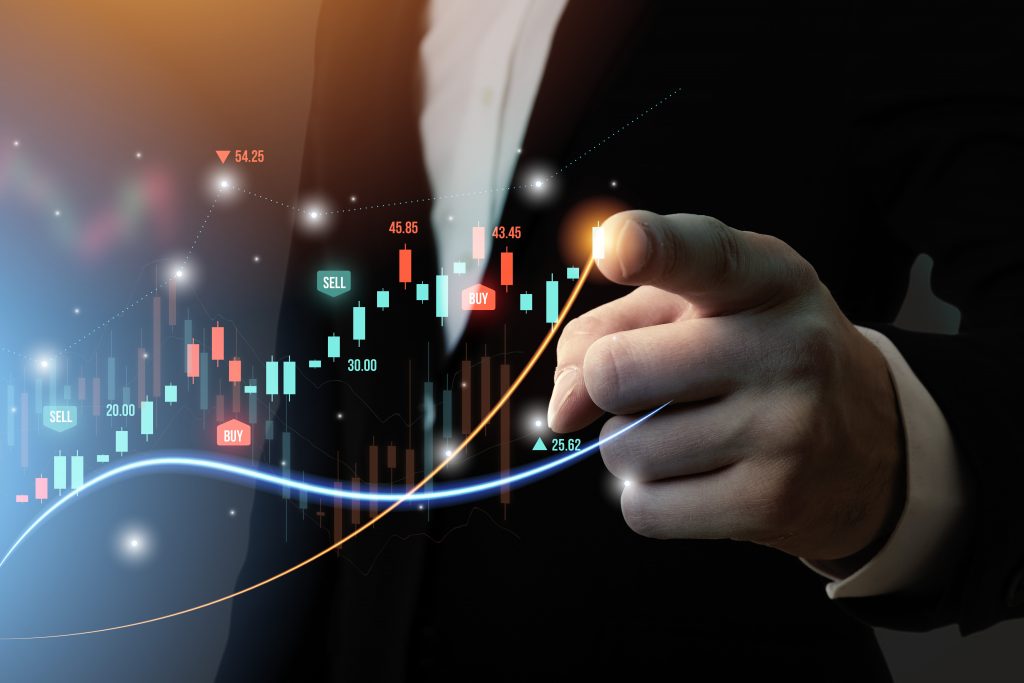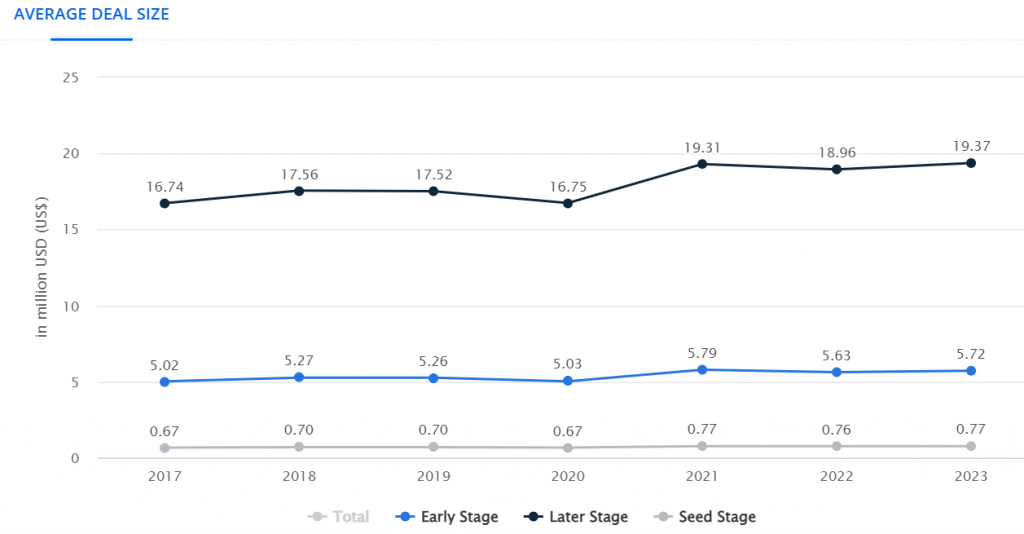As inflationary pressures relax, Philippine economic development is set to improve in 2024 after moderating the past year owing to hyperinflation and global challenges, based on an analysis published by the Asian Development Bank (ADB). There is a growing trend among venture capitalists seeking opportunities to invest in inventive and rapidly expanding firms. With this in mind, we’ll talk about some of the most significant venture capital movements in the Philippines this year.

The Philippine Market
Growth in Incubators, VCs, and Accelerators
The rise in startup programs and incubation facilities is one of the significant developments in the Philippine venture capital sector. These groups support new business owners with assets, guidance, and investment to assist them develop and flourish. The understanding that startups are essential to economic growth and employment creation is what is driving this trend.
Macroeconomic Forces
The administration has put laws and programs in place to support entrepreneurial endeavors and innovation, including the creation of technology hubs and tax breaks for new businesses. These elements support the expansion and advancement of the Philippine venture capital industry.
2024 GDP Forecast
The gross domestic product (GDP) of the Philippines is expected to grow by 6.2% in 2024, driven primarily by state spending on social services and infrastructure as well as consumer spending, according to Statista.
Risk Outlook on Venture Capital Trends in the Philippines
A slowdown in the major developed nations and other worldwide challenges, including geopolitical tensions, are anticipated to be the main sources of downside risks to the forecast.
Infrastructure Development
Throughout the preliminary portion of the past year, the government spent 5.3% of GDP on infrastructure, meeting its objective. With many big construction projects, it is anticipated that the current level of investment will continue. Some of these significant, game-changing projects are the Malolos-Clark Railway Project and the South Commuter Railway Project.
Forecast for Inflation
Inflation estimates are kept at 4.0% in 2024 and 6.2% on average in 2023. The rate of inflation softening could be slowed down, though, by potential extreme weather events like the El Niño dry weather phenomena, pressure from rising global commodity prices, and aftereffects from increased minimum wages and transportation costs. These consumer statistics are strongly associated with the current practices of Philippine venture capital firms in addition to their investments in regional technologies.
Industry-Specific Trends Among Top Venture Capital Investments in the Philippines
Increase in E-Commerce Marketplaces
The resurgence of in-person shopping combined with the rise of eCommerce retailers has increased competition in the eCommerce market, even though the Philippines is well-positioned for additional expansion. By focusing on niche segments and creating deep customer relationships via individualized interactions, top-notch customer support, and creative marketing techniques that set them apart from the competition, businesses may effectively tackle this industry trend in 2024.
Higher Business Expenditures in Tech
Technological industries are being impacted by rising operating expenses, which are caused by troubles with the supply chain and shifts in the market. In an effort to regulate expenditure on goods and services, the Bangko Sentral ng Philippines (BSP) may raise interest rates in 2024 if inflation keeps going up. For tech businesses, this is a challenging scenario since it would result in lower profit margins and more expensive company financing.
Expanded Opportunities in Foreign Trade
The sectors that stand to gain the most from trading as an economic strategy in the Philippines include finance solutions, tourism, business process outsourcing (BPOs), electronics, and agribusiness.

Organizations Involved in Improving Venture Capital Investments in the Philippines
It is made possible by the Economic Development Group (EDG) reorganization and establishment of the Inter-Agency Committee on Market Outlook and Inflation (IAC-IMO), in addition to when consistent macroeconomic policies are put into place, especially by creating the Medium-Term Fiscal Framework (MTFF), as well as the continuous execution of revolutionary structural changes.
Growth Rate Relative to ASEAN
According to the International Monetary Fund (IMF), the Philippine economy would develop at the fastest rate among ASEAN and Vietnam, boosted by more public investment and better foreign demand for exports from the Philippines, after the nation’s ability to withstand a series of shocks via adequate policy reaction and the recent execution of significant structural changes to boost exports, encourage foreign investment, and increase opportunity for growth.
Monetary Policy in Line with Venture Capital Trends in the Philippines
To assist moderate anticipations of inflation, the Bangko Sentral ng Pilipinas (BSP) raised its main policy rate to 6.5 percent this year—a cumulative 100 basis points. With ratios of capital sufficiency exceeding BSP and BSP-supervised institutions’ (BSIs) regulatory standards and sustainable non-performing lending objectives, the banking industry continues to be a source of support. This implies that banks will be in a strong position to assist the country’s economy in the months ahead.
Investment Hotspots for Venture Capitals in the Philippines
Digital Economy
The country’s online marketplace reached a gross merchandise value (GMV) of US$20 billion in 2022, with a compound annual growth rate (CAGR) of 22 percent. It is anticipated that the GMV will increase to US$35 billion in 2025 and US$100 billion to US$150 billion by 2030.
For a variety of Filipino companies, foreign investors may additionally provide solutions in the areas of big data, cloud computing, the Internet of Things, and financial technology (FinTech). FinTech holds significant potential to enhance financial inclusion in the nation by catering to the unbanked populace.
Infrastructure
Through 2028, international infrastructure companies will have significant chances to work on over 3,700 projects valued at around US$372 billion. Airports, railroads, hydroelectric facilities, and digital infrastructure are some of these initiatives.
Electronics
The electronics industry is divided into two segments: 27 percent is electronics production, and the remaining 73 percent is transistor service providers. Out of all the items exported from the Philippines, semiconductors account for 47 percent, or US$29.2 billion.
Business Process Outsourcing
Industry analysts predict that by 2028, BPO sales will rise at a pace of about 10.4% per year and reach US$59 billion. With over 1.3 million Filipinos working for over 1,000 BPO businesses, the Philippines currently holds between 10 and 15 percent of the worldwide BPO industry.

The nation’s prudent macroeconomic policies, developing macroeconomic foundations, and dedication to substantive changes have helped its industries navigate both global concerns and the lingering effects of ongoing global changes. Venture capital trends in the Philippines are being pivoted by emerging innovations in various landscapes. Through this, a deeper appreciation of digital-based startups is shaping economic growth in the country and connecting the Philippines with the world’s leading industries.









